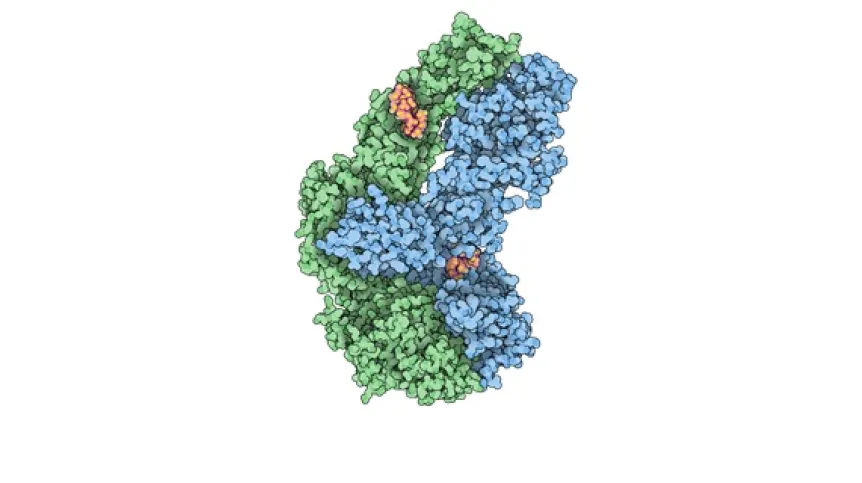
Scientists at the Małopolska Centre of Biotechnology (MCB) say natural molecules found in the body may help explain a key process behind rheumatoid arthritis (RA).
RA is an autoimmune condition in which the immune system mistakenly attacks the joints, causing inflammation, stiffness and long-term damage. The disease often limits mobility and daily functioning, especially during flare-ups.
Now, a team led by Tomasz Kantyka, PhD, working with international partners, have conducted research that MCB says “sheds new light on this painful autoimmune disease.”
Their findings suggest that glycosaminoglycans — substances present in joint tissues — can trigger abnormal activation of an enzyme that converts proteins into their citrullinated forms, a change strongly linked to the disease.
One of the hallmarks of RA is the presence of antibodies against proteins that have undergone citrullination. Until now, what caused this modification was not fully understood.
The new study shows that glycosaminoglycans can boost the activity of PAD4, the enzyme that drives citrullination.
In joints where glycosaminoglycans are abundant, PAD4 may become overactive, producing large amounts of citrullinated proteins. These altered proteins can then attract the attention of the immune system, potentially triggering or worsening RA.
Normally, PAD4 needs high levels of calcium to work efficiently, but calcium levels in the body are too low for this. Kantyka’s team found that glycosaminoglycans such as heparin and chondroitin sulfate allow PAD4 to function even at these low, natural calcium levels.
“Our work reveals previously unknown aspects of PAD4 biology that have the potential to impact therapy and improve the quality of life of patients with RA,” Kantyka said.
Future treatments would aim to block or slow these harmful reactions. Substances that inhibit PAD4 are already known, and Kantyka said new ones could directly target the abnormal enzyme activity.
“The development of allosteric inhibitors that would directly target the abnormal activation of PAD4 is now becoming a reality. We plan to continue our research, focusing on cartilage damage associated with inflammation,” he said.
The findings bring researchers closer to understanding how RA develops and point toward treatment strategies that could reduce flare-ups and protect joint function.
A clearer picture of this mechanism could eventually help doctors intervene earlier in the disease.
The study was funded by a GRIEG grant from the Polish National Science Centre and published in Proceedings of the National Academy of Sciences.
PAP - Science in Poland
kol/ zan/
tr. RL













